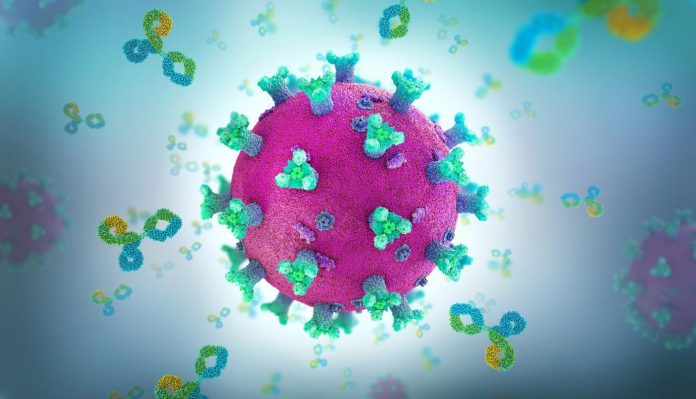
Ten to nineteen year olds had a 55% higher risk of a new type 2 diabetes (TD2) diagnosis one month after a COVID infection, compared with young people diagnosed with a non-COVID respiratory virus. The risk of TD2 diagnosis remained elevated at three months and six months, according to a study by Case Western Reserve University researchers.
In adults, diagnoses of new-onset T2D have increased following diagnosis with COVID-19, but whether this occurred in young people also was unclear. These researchers conducted an observational study of 614,000 U.S. patients by using electronic medical records from the TriNetX analytics platforms. The study was published this week in JAMA Network Open and led by Margaret G. Miller.
They retrospectively analyzed rates of new T2D diagnosis in 613,602 pediatric patients one, three, and six months after infection with either SARS-CoV-2, which causes COVID, or another respiratory pathogen. Half of the patients had COVID-19, and half had another respiratory infection.
The risk of new-onset T2D was significantly higher from the day of infection to up to six months after a COVID-19 diagnosis than other infections. Boys and girls were at similar risk. Results were similar in overweight or patients with obesity and those who were hospitalized.
To what the mechanism behind this phenomenon may be, the authors wrote, “The additional metabolic stress imposed by COVID-19 may have pushed frank disease in an already susceptible child. In addition, attention has focused recently on possible autoimmune components of T2D, and it has been reported that genetically susceptible children have increased development of anti–β cell antibodies following COVID-19.”
It is also possible that SARS-CoV-2 may be able to selectively infect human pancreatic β cells. The authors noted, “Though T2D is usually considered to be a disease of insulin resistance rather than insulin lack, for newly diagnosed patients, the origin may not be entirely clear or confined to a single pathobiologic cause.”
They added, “In addition, children may have a more severe T2D disease process than adults, and complications of T2D come even sooner in those who are diagnosed as children. Moreover, new drugs and interventions to control T2D such as weight control are more available.”
Among adults, the authors noted, a meta-analysis considering data from December 2019 through October 2022 found an overall 66% higher risk of new-onset diabetes after SARS-CoV-2 infection. A second meta-analysis found that 12 of 14 studies found a significantly increased risk, ranging from 11–276%, for new-onset diabetes after SARS-CoV-2 infection.
The authors pointed out that this trend in children brings extra costs.
They wrote,”The estimated cost of diabetes in the U.S. in 2022 was $412.9 billion, with $306.6 billion in direct medical costs and $106.3 billion in indirect costs due to disability, absenteeism, and lost productivity. Individuals with diabetes face annual mean medical expenses of $19,736 per year, about 2.6 times higher than those who do not have diabetes.”





